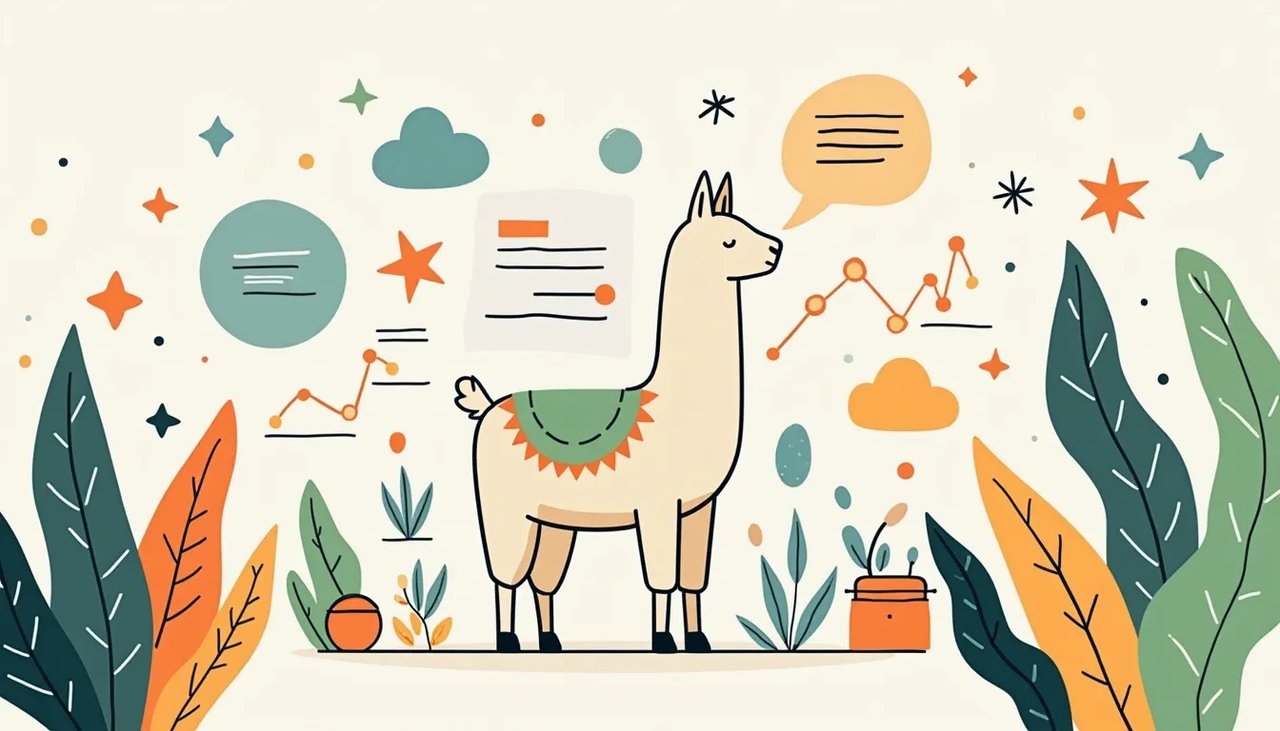Bringing a naive RAG to production

Introduction
In this presentation, I’ll take you through our journey from using a simple, local RAG setup to adopting a professional RAG framework. I’ll dive into the crucial components and applications of RAG in today’s world of machine learning and data management.
Importance of RAG
RAG has significantly enhanced language models by providing them with the ability to retrieve information. This means they can incorporate the most recent data without constant fine-tuning. By ensuring data stays up-to-date and valid, RAG also enhances the system’s transparency and the ease with which we can trace and fix issues.
Applications of RAG
We’ve seen RAG used in many parts of organizations:
- Fetching Knowledge
- Automating Processes
- Customizing User Experiences
This flexibility is useful for handling unstructured data. Unstructured data makes up most corporate data and is often found in PDFs.
LlamaIndex Framework
We then talk about LlamaIndex, a framework for creating applications with language models. We highlight its benefits:
- Easy setup
- Ability to work with different systems
- Clear documentation
However, it’s not without its hurdles, including:
- Limited depth in integration
- Focus primarily on beginning and intermediate stage projects
Challenges in Developing with RAG
The path to developing with RAG can be hard due to many unstructured data sources, like PDFs, Excel files, and web pages. Critical factors include:
- Choosing the right vector storage databases
- Embedding methods
- Data segmentation
Highlight: LlamaParse
LlamaParse stands out here. It can process many formats, especially PDFs, turning them into markdown to improve organization and readability.
Strategies for Efficient RAG Pipeline
I also outline strategies for making an efficient RAG pipeline:
- Need for structured data
- Metadata
- Summary recursion
- Keyword extraction
Advantages of Vector Storage Databases
We discuss the advantages of using vector storage databases. They are great for:
- Fast searches
- Retrieval
We will focus on:
- Authorization
- Hybrid search
- Personalized scoring
Introducing LlamaIndex Evaluate
We present LlamaIndex Evaluate as a tool for testing RAG’s accuracy and efficiency. It will help plan tests on public and custom datasets.
Practical Tips
The last parts of our presentation offer practical tips on:
- Deployment
- Configuration
- Budget management
Methods Discussed
- Re-ranking
- Refining prompts
- Benefits of using open-source models and hosting services to stay cost-effective
Conclusion
Moving to an advanced RAG framework means navigating a maze of tough choices. It requires careful optimization at every stage. This journey shows how RAG can transform how we process data and extract knowledge. It’s invaluable in many fields, from academic research to business.